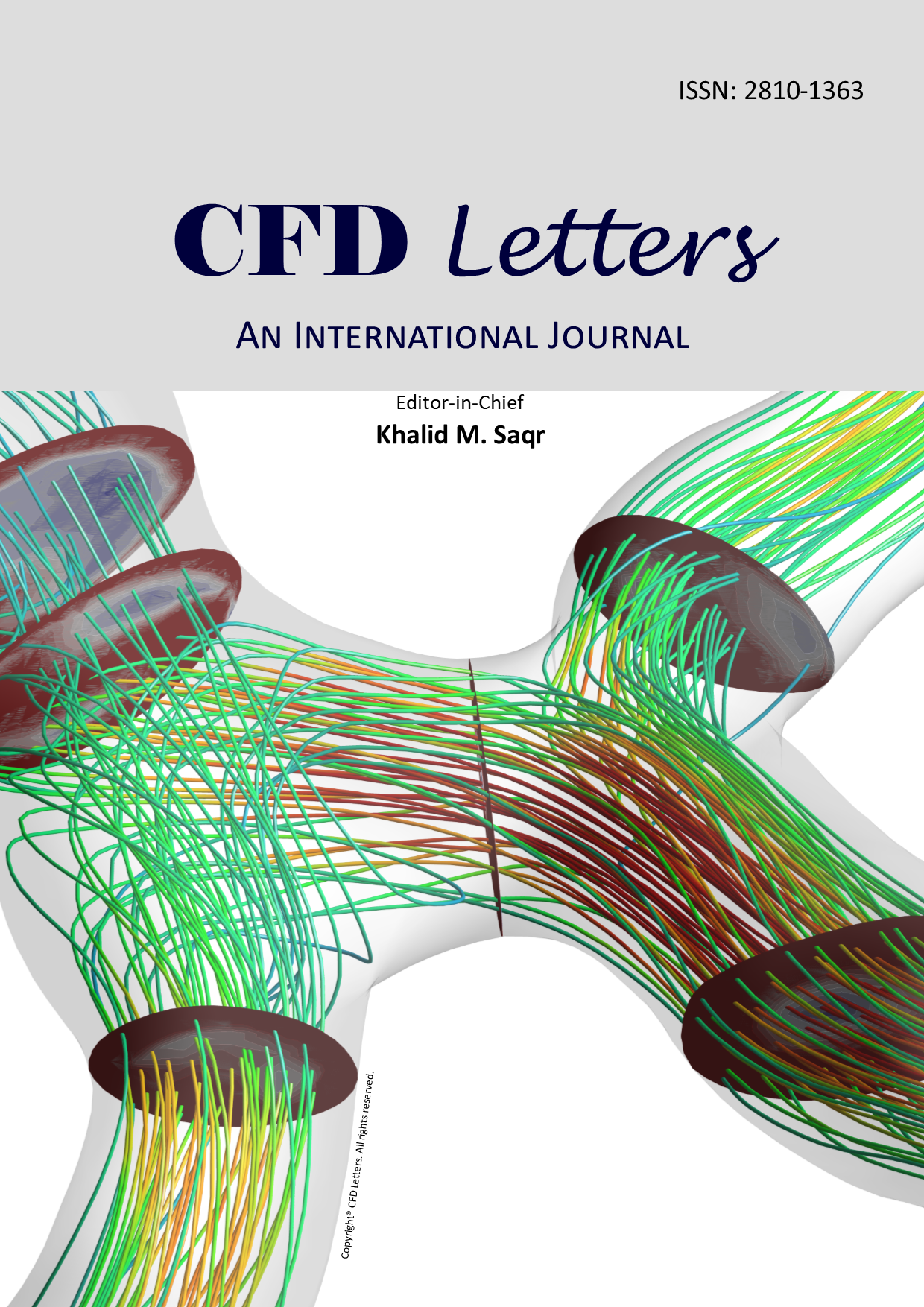Turbulence Modelling of a Helical Savonius Wind Turbine Operating at Low Reynolds Number
Keywords:
turbulence model, turbulence method, RANS, DESAbstract
Choosing a right combination of turbulence method and its associated turbulence model is important in order to ensure accuracy of CFD analysis at minimum computational cost. This is particularly true for low Reynolds number cases. In this paper, two turbulence modelling methods for predicting the performance of a helical Savonius wind turbine with 90° twist operating at Reynolds number between 6x104 to 1.5x105 are evaluated. The first method is Reynold-Averaged Navier-Stokes Simulation (RANS) and the other is Detached Eddy Simulation (DES). For each method, two turbulence models namely Spalart-Allmaras (SA) and Shear Stress Transport (SST) are used. The results are then compared with wind tunnel experimentation where the turbine power is computed by using the measured voltage and current relationship. RANS-SA and RANS-SST predicted a low power coefficient compared to DES-SA and DES-SST models. However, the difference between the two methods is minimal (about 3%). It is also observed that the computational time is dependent on the turbulence model. RANS-SST and DES-SST models took more than 1.5 times compared to RANS-SA and DES-SA to complete the analysis. At 5 m/s of wind speed, the power predicted by both turbulence modelling is about the same as the actual power output measured by the experiment. It can be concluded that RANS-SA model is sufficient to predict the performance of a wind turbine at a low Reynolds number. In addition, the DES method provides a detailed wake structure around and at the downstream region of the turbine. This information is beneficial in a wind farm design.













